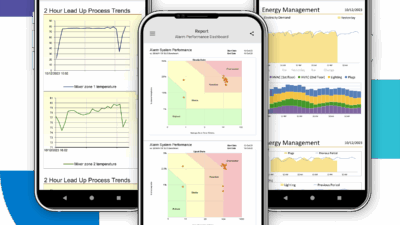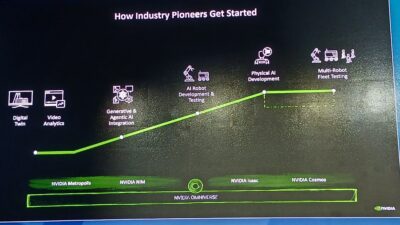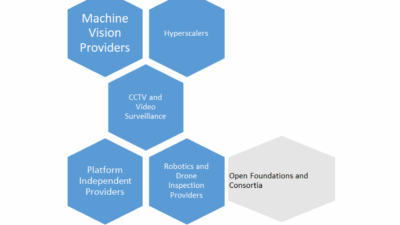Artificial intelligence (AI) has the potential to change how companies do their business, but it has to be part of a long-term strategy.

Artificial intelligence and machine learning (AI/ML) insights
- The transformative impact of large language models (LLMs) like ChatGPT has shown how artificial intelligence (AI) has shifted to a major force in public awareness.
- Henrik Christensen discusses the challenges in AI development, highlighting the need for AI algorithms to handle vast data points and cautioning against inflated expectations in the evolving AI landscape.
In the last few years, artificial intelligence (AI) has gone from being an idea that companies were aware of and using to being a major influence in the public consciousness. Large language models (LLMs) such as ChatGPT have changed how companies and people at large perceive AI.
The Turing Test, which is a test of a machine’s ability to exhibit intelligent behavior, is irrelevant, but that’s only because AI, machine learning (ML) and deep learning have progressed to the point where it doesn’t matter.
“We are in the age of AI,” said Jeff Cardenas in his presentation “Humanoid Robotics: The Convergence of General-Purpose Robots and AI” at the A3 Business Forum in Orlando. “We’re leaving the age of computing and entering the age of AI.”
While AI has been around for decades, its rise runs parallel with the remarkable increases in computing power that have come over the years along with potential breakthroughs with quantum computing, which was not discussed, but is also looming on the horizon.
Henrik Christensen, professor and director, Contextual Robotics Institute, UC San Diego, discussed in his presentation “Navigating the AI Landscape” how consumers’ tastes also have changed. “We have the computing power we never imagined before in our pocket. It used to be about building high volume. This is not how we do things anymore.”
As a result, Christensen said companies such as Amazon and Google have their value grow with network growth and attain strong competitive advantages to building out a network ecosystem as quickly as possible.
“Everyone wants a one-off. 3D printing is an enabler. We want to our products shipped now,” Christensen said, citing an example of the mean start time in a Kia automotive factory being 12 minutes. “We’re able to do logistics at a rate we have never imagined before.”

Developing AI and deep learning and worker skills
Deep learning has a lot of potential and can acquire a great deal of data, but the problem is there’s no introspection right now, Christensen said. He said that’s starting to change for verifiable deep learning where reason and logic are starting to take hold.
A lot of this is nothing new because machines have been recognizing objects since the 1960s, but the speed and efficiency and sophistication is where things are going.
“We’re seeing companies using deep learning and grasping, material handling and gathering data points,” Christensen said. The challenge, he said, is making sure the AI algorithm can handle all the data points. The average grocery store has 45,000 SKUs. If the algorithm can’t handle all that information, the rest doesn’t matter.
Simulators, he said, are also playing a huge role in developing systems. “You can use the model that makes it possible for me to get a level to where I have 98% of the performance and then test it in the real world and get very close to what I want,” he said.

The AI hype cycle
Christensen said there is a lot of hype going on with AI and the many different technologies and concepts in play. These include edge AI, cloud services, decision intelligence, deep learning and autonomous vehicles. Many of these concepts or ideas (particularly autonomous vehicles) haven’t quite caught up with people’s expectations or beliefs of where we thought things would be, leading to disillusionment and wondering if it will ever happen. The good news is this eventually leads to enlightenment, but that often takes several years, which is normal.
He likened it to the process of a human learning to grasp an object, which takes a person seven years. It’s not surprising autonomous vehicles are going to take at least 10 years to realize their potential.
“We were promised autonomous cars the last five years and we’re not close,” he said. “We don’t have algorithms that can predict 12 seconds in the future when it comes to traffic patterns and human behavior.”
Even if autonomous vehicles reach a point where it is somewhat ubiqtious and gets in the public consciousness in a way like ChatGPT has, it’s not going to be quite what people expected. That’s a mixed blessing, perhaps, but it’s all in the name of forward progress, which is never a straight line.
Chris Vavra, web content manager, CFE Media and Technology, [email protected].



